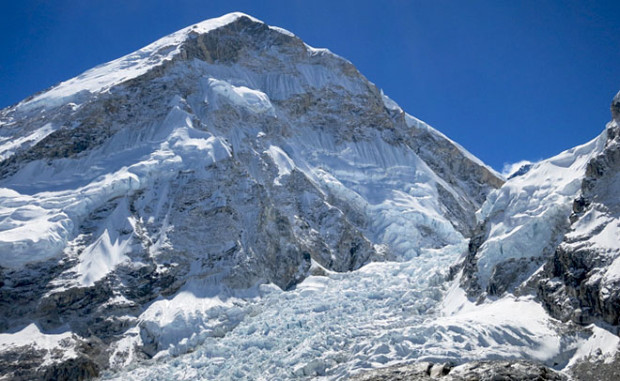
Details are still emerging in the ‘Fight on Everest’ case. Some important details have been corroborated and I’m feeling confident enough to relate them here.
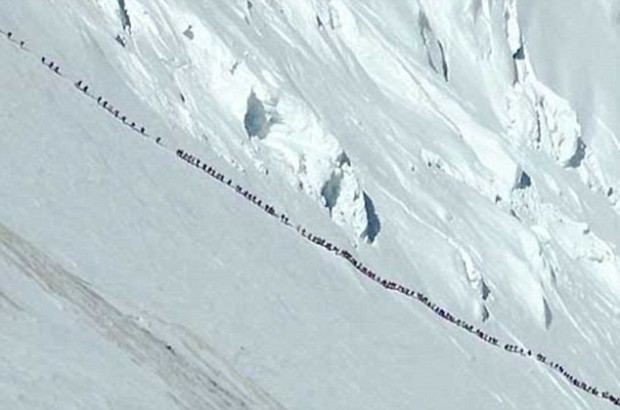
FIGHT ON EVEREST DETAILS:
1. The fight occurred at 24,500 feet on Everest on Saturday, April 27th, 2013 and included punching, kicking, rock throwing, and one knife thrown.
“[The sherpas] became instantly aggressive and not only punched and kicked the climbers, but threw many rocks as well.” – Simone Moro
2. Uli Steck, Simone Moro, Jonathan Griffith (all European) were in a ‘fight’ with around 100 Sherpas.
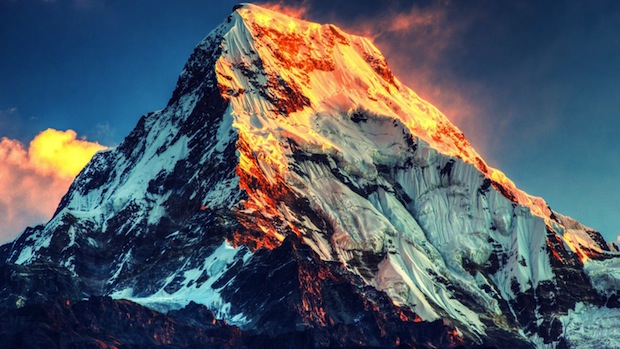
3. Fight occurred in response to the 3 Western climbers who were climbing above a team of Sherpas who were fixing ropes for clients on the normal climbing route despite being ordered not to climb above the rope-fixing team. The Westerners allegedly knocked ice onto the Sherpas, potentially injuring them and really pissing them off.
“The professional climbers involved could have and should have chosen somewhere else to acclimatize on this day, instead of solo climbing above the rope fixing team. Everyone knew about the rope fixing effort, and other teams that would have liked to be climbing where the incident occurred respected the rope fixing effort and stayed off the Lhotse Face” – Adrian Ballinger
“getting hit by chunks of ice is a very natural occurrence” on an ice face. “As it stands, no Sherpa has come forward to show any injury.” – Simone Moro
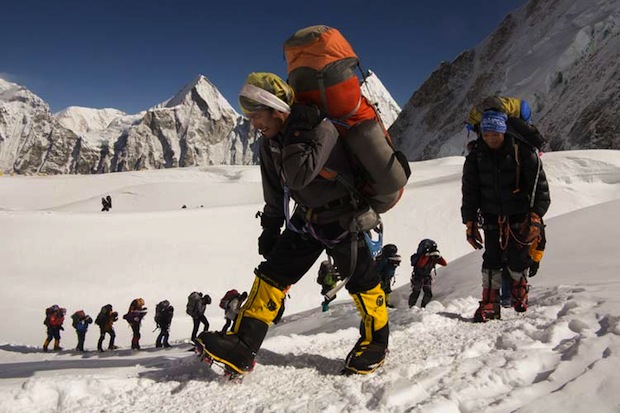
4. No injuries have been reported on either side.
5. An knife was thrown and hit Simone Moro, but it hit his backpack belt.
“luckily [it] just hit the belt of his backpack.” – Uli Steck
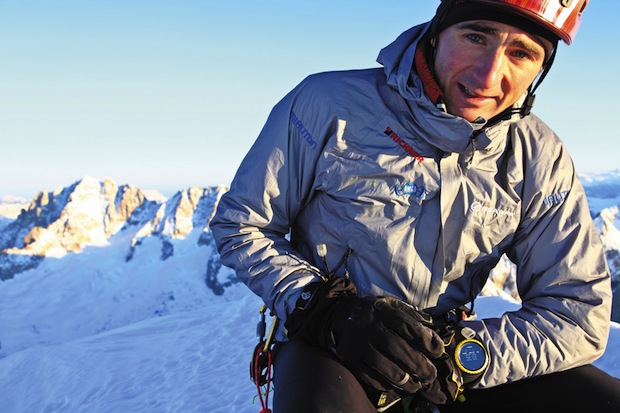
6. A ‘peace deal’ has already been reached involving both parties.
7. Nepalese police are investigating the incident.
My sources for the above information: BBC News & Adrian Ballinger Blog
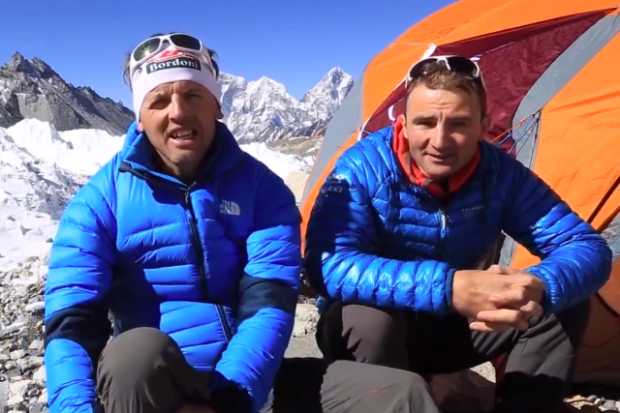
My 2 cents:
Basically, it sounds like the 3 professional climbers were climbing above and could have potentially kicked rock & ice down onto a team of Sherpas fixing ropes for their clients. As a mountaineer myself, I can definitely see how the Sherpas would be very angry at this. These pro climbers could have done their acclimatization climbing anywhere on the mountain. It seems disrespectful to climb above the rope-fixing team especially if they were asked not to beforehand.
That said, violence is never OK in the high montains. There are clearly better ways to resolve these issues, especially at 24,000 feet where everyone is already living between thin margins. I also think that there is a clear cultural gulf between these two groups of people and that most certainly lead to multiple layers of miscommunication and misunderstanding and this might even have been a “straw that broke the camels back” type of situation.
learn more:
10 Interesting Facts About Everest
Initial Report of the “Fight on Everest”
“PRESS RELEASE”
– (I just found this at 10am, I don’t know who wrote it, it sounds VERY biased towards the professional climbers):
MOUNT EVEREST, NEPAL. – At about 8am on 27th April 2013 Simone Moro (IT), Ueli Steck (CH), and Jonathan Griffith (UK) left Camp 2 to reach a tent at around 7200m (lower Camp 3) on the Lhotse Face of Mount Everest. A team of high altitude sherpas were ‘fixing’ the Lhotse face and the climbers were asked to not touch the fixed ropes they were establishing. As such the trio climbed about 50m away and to the side of the Sherpa team to avoid disturbing them in their work. It should be noted that all three climbers have extensive climbing experience all over the world and were very aware of the work being carried out by the Sherpas and the respect given to them for it.
When the three climbers reached the height of their already established tent, they traversed across the snow and were forced to step over the lines of the Sherpas to reach their tent about 20 meters to the side. The climbers chose to step across the lines at a belay stance where 4 other sherpas were attached to the ice face whilst their lead climber continued to fix the line above. Stepping over the lines does not interfere in any way with the work being carried out. The climbers were soloing and not using ropes so there was no rope tangling either. In addition by passing beneath the lead climber no ice or snow could be knocked down on him.
Jonathan Griffith was in the lead at this point and after crossing the rope and traversing another 15 meters on a snow ramp Ueli Steck followed. At the point where Ueli Steck stepped over the rope the lead climber noticed the climbers below and began shouting and banging the ice with his axe erratically. Still shouting down at the climbers, he fixed his rope and abseiled down to the belay stance. As Ueli was soloing and therefore not attached to a rope it was natural that he should hold his hands up to take the impact of the force arriving on him from the lead climber abseiling right on to him. This prompted the lead climber to accuse Ueli Steck of ‘touching him’. In between hitting the ice with all his force and screaming at Ueli Steck ‘why you touch me’ he said that they had kicked ice down on them and injured a Sherpa. Seeing as the trio were climbing a completely independent line and entirely on snow this is highly unlikely.
Ueli Steck tried to help calm the situation by offering to help fix the lines up to Camp 3 but this only made matters worse. Simone Moro then joined the team and the lead climber turned on him wielding his ice axe in his direction. Simone swore at the lead climber as is the natural reaction when faced with this aggression. No amount of talking would calm the lead Sherpa down and as a final act of defiance he ordered his whole team of 17 Sherpas off the Lhotse Face and back to Camp 2. There was no reason to descend off the mountain because of the three climbers. They had not touched or interfered with the Sherpa’s work. To help smooth things over Ueli Steck fixed a further 260m of rope to Camp 3.
By the time the climbers descended back to Camp 2 some 100 Sherpas had grouped together and attacked the three climbers. They became instantly aggressive and not only punched and kicked the climbers, but threw many rocks as well. A small group of Westerners acted as a buffer between the out of control mob and the climbers, and they owe their lives to these brave and selfless people. Nevertheless all three climbers were attacked as well as many of the Westerners who were trying to calm the situation down. The climbers were told that by that night one of them would be dead and the other two they would see to later. After about 50 minutes the crowd had calmed down and the climbers, who had been pushed away and told to hide, had regrouped and were told that if they weren’t gone in one hour that they would all be killed.
The climbers packed the bare essentials and made a circuitous route back down to the base of Mount Everest in heavily crevassed terrain with no rope on, feeling that given the current situation this was the safest place to be.
The Sherpas said that the reason they attacked the climbers was because they had knocked ice down on a Sherpa below. As it stands no Sherpa has come forward to show any injury. Furthermore on an ice face getting hit by chunks of ice is a very natural occurrence. The climbers believe that the lead Sherpa was tired and cold and felt that his pride had been damaged as the three climbers were moving unroped and much faster to the side of him. Whatever the reason may be, there is no reason to instigate vigilante rule and to try and kill three visiting climbers.
The Nepalese authorities have taken the matter very seriously as have commercial teams on the mountain. At the moment the 3 ring leaders have been taken off the mountain and the Police, Ministry of Tourism and the head of the Sherpa Association are investigating.
The three climbers would like to extend a huge thank you to all those who saved their lives at Camp 2 and to those who are now taking over the investigation.”
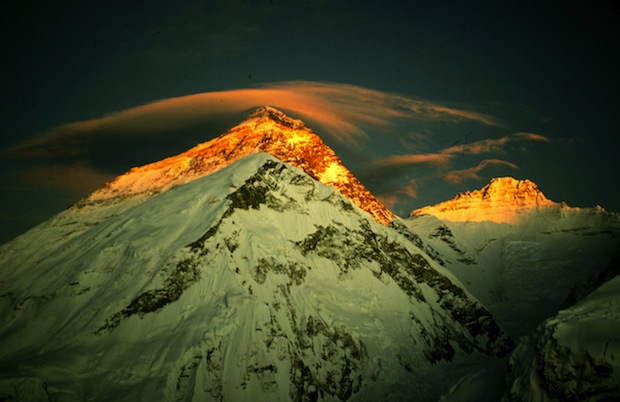
Sherpas wouldn’t even be there if i wasn’t for the westerners and their $$. Just Sayin’. Uh oh…?
Uh. Yeah they would Crew. They LIVE there
Had the local climbers in Yosemite in the 1970s not put a stop to further bolting, that climbing area would be subject to the same circus atmosphere that Everest now has. bolts=seige=fixed ropes=circus
Why should one form of climbing have priority over another? Want to fix ropes? good, but our method requires mobility, not ropes and oxygen bottles. Close off the whole face to do your fixed ropes? nah. Standing around for hours, slowing down to rope a route. That’s your choice, and our way is different. Respect that.
The traditions guiding behavior in this situation, may be partly flawed as they acknowledge the siege method as being the fundamental way to approach Everest.
All great points, Sharpy. Definitely a complex issue with a lot of layers we can’t yet see and that haven’t been reported on yet. Touchy subject, no doubt. Tough also as this is the Sherpas native land, home, and country. We are all just visitors. That said, respect for all people on the mountain has to be found and I think it will be. Tempers have flared, important issues have been raised and hopefully will be immediately addressed, and cooler heads will soon be prevailing.
A complicated idea about stewardship and ownership of the world’s mountains, oceans, steams. Is there really such a thing as national ownership? Does anyone have to respect borders as they cut through the earth’s mountains? Can anyone own the earth’s mountains? Or, should anyone.
Go find a mountain with no name. climb it with friends. simple and pure adventure.
How many fight have there been on everest. I bet quite a few
Well, u know ur strong if u have the energy to get into a fight up there.
Crazy situation. Let’s not do this again. Repect everyone up there.